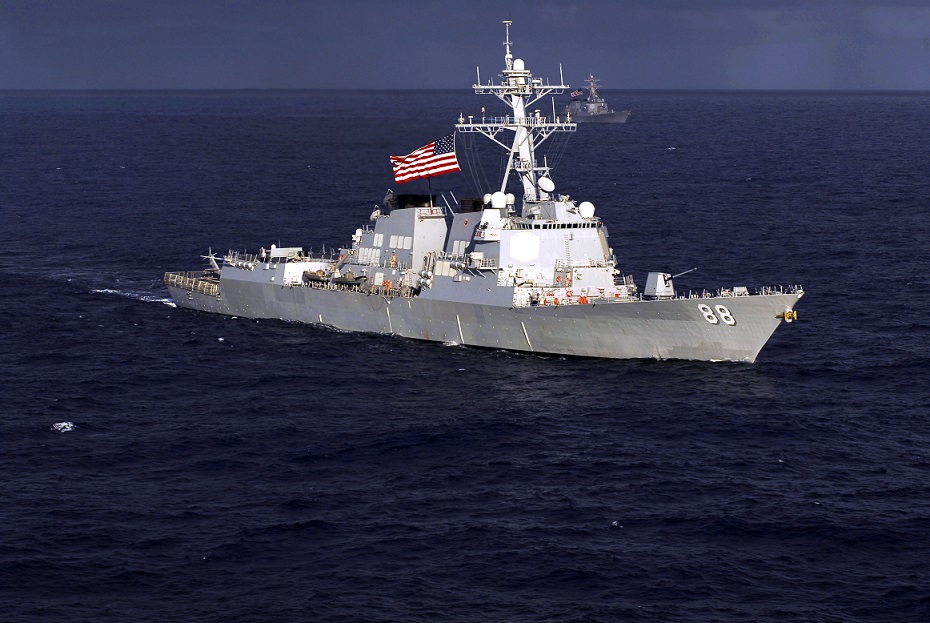
This post is also available in:
 עברית (Hebrew)
עברית (Hebrew)
Advanced lasers can be used to save costly defensive missiles for the most sophisticated threats. The Pearl Harbor-based USS Preble will be the first destroyer to be equipped with a high-energy laser to counter surface craft and unmanned aerial systems.
The Preble will be outfitted in 2021 with the High Energy Laser and Integrated Optical-dazzler With Surveillance system, or HELIOS.
Right now, the Navy uses a Gatling gun called the Phalanx to shoot down missiles or drones.
With the new laser system, the US Navy plans to one day use the powerful light beams to defend against Chinese or Russian cruise missiles.
The Navy awarded Lockheed Martin a $150 million contract in 2018, with options worth up to $943 million, for the development of two high-power laser systems for testing on a destroyer and on land. Challenges include packing enough power on a ship, with advances needed to scale power into the hundreds of kilowatts, the Navy said.
The Congressional Research Service said in a May report that the Navy is developing three new ship-based weapons: solid-state lasers, an electromagnetic railgun and a gun-launched guided projectile that “could substantially improve” the ability of Navy surface ships to defend against surface craft, unmanned aerial vehicles and, eventually, anti-ship cruise missiles.
“Any one of these new weapons, if successfully developed and deployed, might be regarded as a ‘game changer’ for defending Navy surface ships” against enemy missiles, the report states, according to military.com.
The Navy has made “substantial progress” toward deploying lasers on ships, which would be used initially for jamming or confusing (i.e. “dazzling”) enemy surveillance sensors and for countering small boats and unmanned aerial vehicles.
The HELIOS system that will be attached to the USS Preble can fire at 60 kilowatts and the Navy expects to upgrade it to 150 kilowatts of power, according to taskandpurpose.com.
Lockheed Martin said it demonstrated that a 10-kilowatt system can defeat small airborne targets with the “speed of light” capability and that a 30-kilowatt system had disabled a stationary truck target.

























